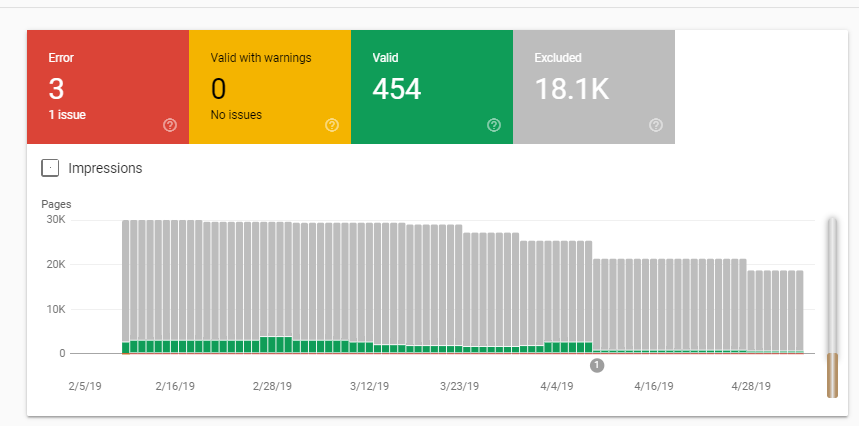Redirection can be defined as the process of forwarding one URL to a totally different URL. In general, there are three main kinds of redirects, which are
- 301, “Moved Permanently.”
- 302, “Found” or “Moved Temporarily.”
- Meta Refresh
But what is a redirect? Do you ask?
The answer is pretty simple: a redirect is a way to send both users and the search engine of the website to a different URL from the one they were initially requested.
Why do you need redirects?
Let’s take an example: Mail Forwarding is a crucial step in any of your businesses, as it gives you complete security so you don’t lose any data. The same thing can be said for a website: if you are moving a website from one URL to another, you need to take the necessary steps to ensure that your website traffic gets redirected to the right place. In the world of Information Technology, this is called a 301 Redirect.

Can We Have More Information On A “301 Redirect”?
A 301 Redirect is a permanent redirect from one URL to another. 301 redirects send the website traffic and the search engines to a completely different URL than the one they originally typed in their browser or selected from a search engine results page, thus linking all various URLs under one umbrella.
Let’s take a random example that will explain my point to you much better.
- www.google.com
- https://google.com
As aforementioned, links will take you to the same website, all thanks to the 301 Redirect. It’s essential to set this up so the domain authority from inbound links will improve the search rankings.
Why Set Up a 301 Redirect?
- To associate some standard web conventions (HTTP://, www. etc.) with one URL to maximize domain authority.
- To rename a website with a different URL.
- To direct traffic to a website from other URLs owned by the same business.
Other than that if you’re changing the name of your company/brand to a different name, you would need a 301 Redirect just to move to a new URL/Website name.
You’re all set to make your 301 Redirects but wait – there are a few mistakes you are necessary to avoid.
- Set up a 301 redirect between the HTTP:// and http://www versions of your domain.
- Don’t ever move to a new domain without setting up a 301 redirect first.
- Set up a 301 permanent redirect instead of a 302 temporary redirect, which may be the default setting of your website management software.
- Set up redirects to older internal links on your website; if you don’t do so, it will create a bad user experience.
The good news is that it’s elementary to set up a 301 Redirect correctly following the correct steps. If you’re using well-optimized software, it will make the redirection process on-point and straightforward.

























